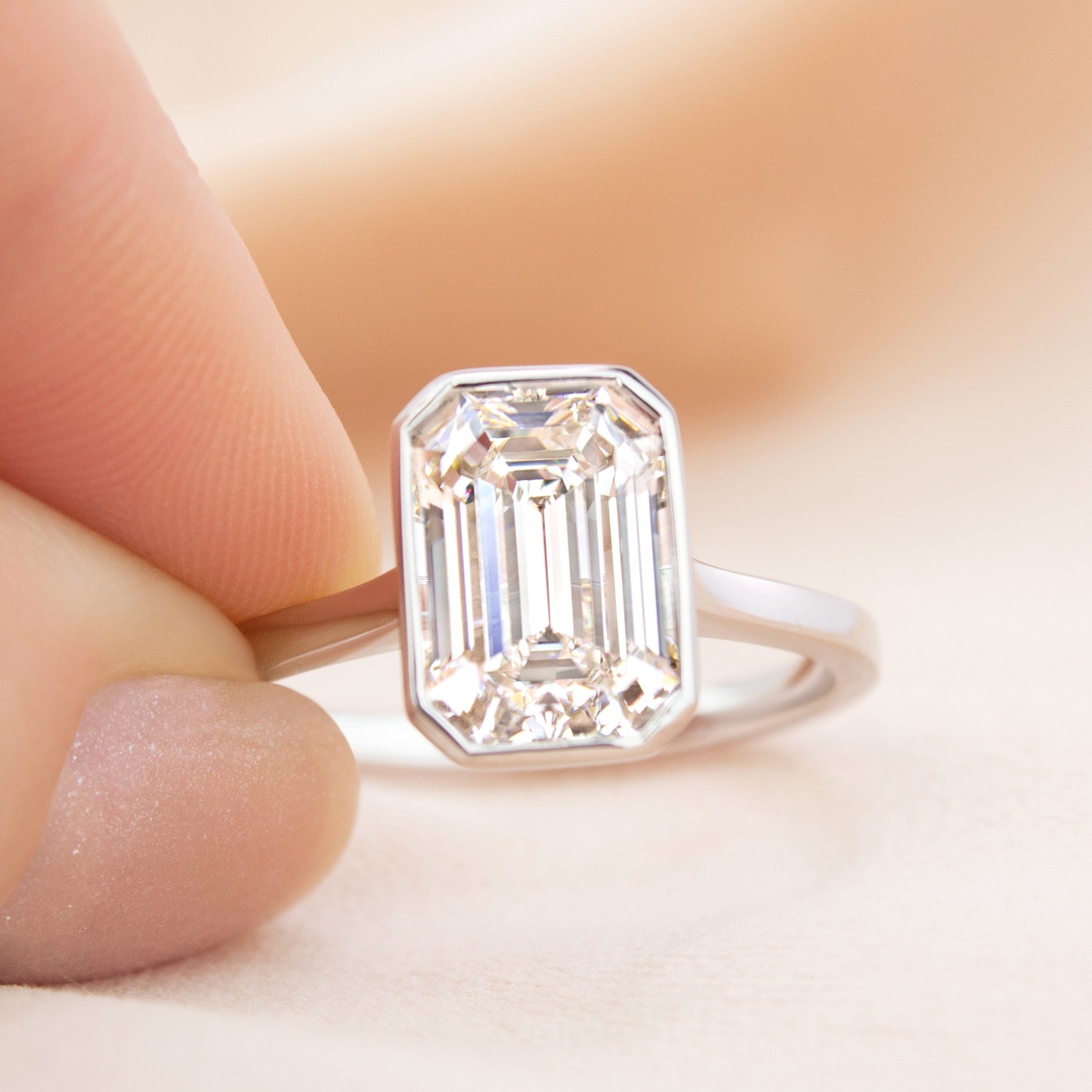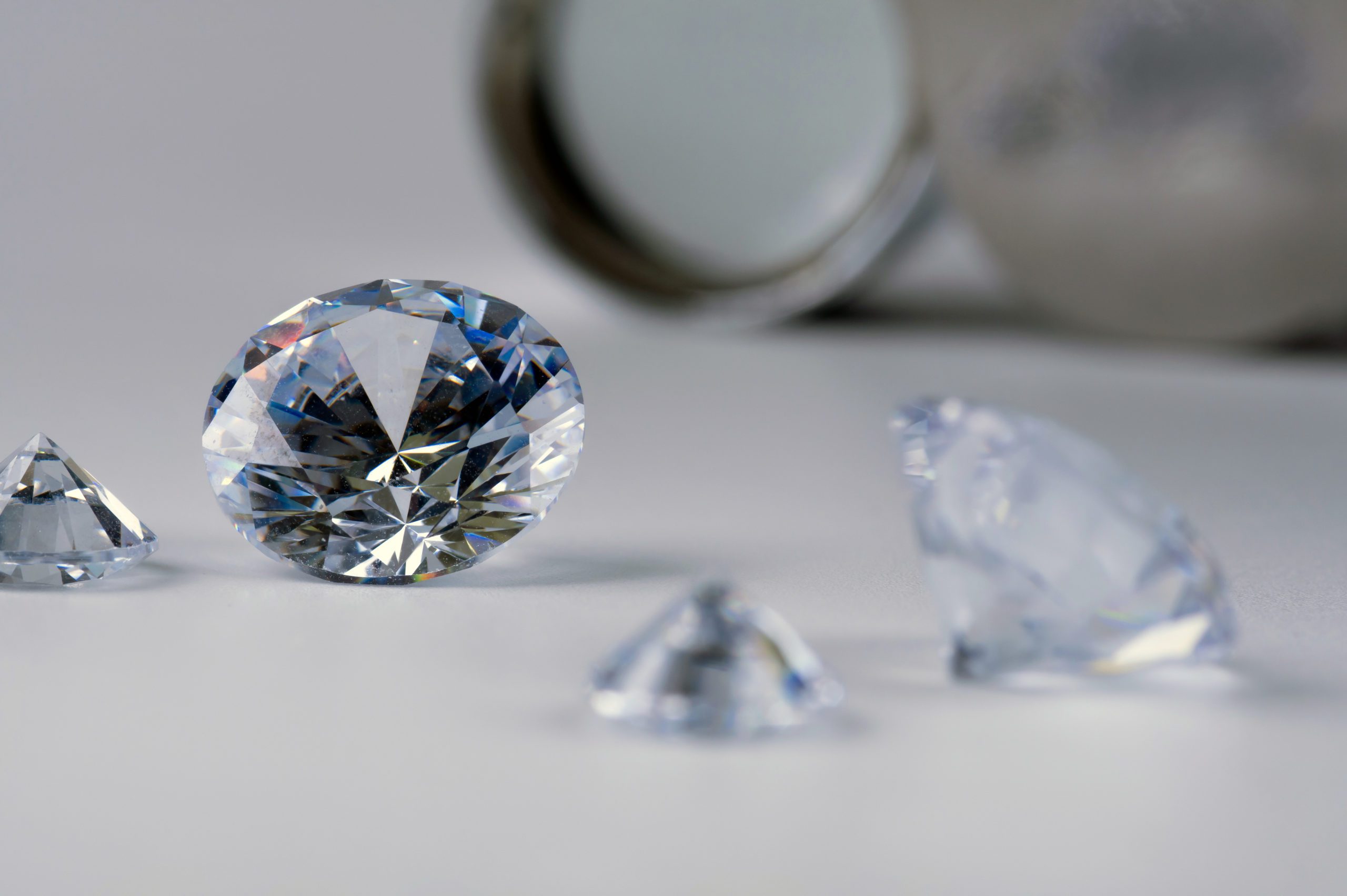Claws for Lab Diamond Rings: Choosing the Right Setting

What Are Claws in Lab Diamond Rings?
Claws are metal prongs that hold a diamond set up inside a ring setting. They are a fundamental part of the ring’s plan, giving security and perceivability to the diamond. The expression “claws” is frequently utilized conversely with “prongs,” in spite of the fact that “claws” explicitly alludes to the little, pointed expansions that grasp the diamond. In lab diamond rings, claws fill a similar need as in conventional diamond rings: to feature the diamond while guaranteeing it remains safely set up.
Kinds of Claws for Lab Diamond Rings
1. Four-Paw Setting
One of the most well-known sorts of claws for lab diamond rings is the four-paw setting. This plan highlights four prongs that equally disseminate the strain on the diamond. The four-paw setting gives an exemplary look and guarantees that the diamond is held safely. This setting is especially reasonable for round-cut lab diamonds, as it offers a fair and balanced appearance.
2. Six-Hook Setting
The six-paw setting is one more well known choice for lab diamond rings. This plan utilizes six prongs to hold the diamond, offering extra security contrasted with the four-paw setting. The six-hook setting is much of the time picked for bigger diamonds or for the people who need additional security. The extra prongs likewise give a more perplexing and definite look, improving the general excellence of the ring.
3. Bezel Setting
The bezel setting is a cutting edge option in contrast to conventional hook settings. Rather than prongs, the diamond is surrounded by a metal band that holds it safely. This kind of setting offers a smooth and contemporary appearance, and it gives superb security to the diamond. Bezel settings are particularly reasonable for the people who lean toward a moderate plan or need additional security for their lab diamond.
Advantages of Various Paw Settings
Security
While picking claws for lab diamond rings, security is an essential concern. Four-paw and six-paw settings are intended to hold the diamond immovably set up, diminishing the gamble of it turning out to be free or dropping out. The extra prongs in a six-hook setting give additional security, going with it an ideal decision for the people who lead a functioning way of life or need added genuine serenity.
Perceivability
Claws likewise influence the perceivability of the diamond. The four-paw setting offers an exemplary look that permits the diamond to be noticeably shown. The six-hook setting furnishes a comparable impact however with a more itemized appearance. Then again, the bezel setting, while at the same time offering fantastic insurance, may cover a greater amount of the diamond’s edges, which can influence the general perceivability.
Style
The style of claws for lab diamond rings can altogether impact the ring’s appearance. Conventional hook settings, for example, the four-paw and six-paw plans, give an immortal and exquisite look. Bezel settings offer a cutting edge and smooth appearance, making them reasonable for the people who favor contemporary plans. Consider your own style and inclinations while picking the best setting for your lab diamond ring.
Picking the Right Paw Setting for Your Lab Diamond Ring
Consider the Diamond Cut
While choosing claws for lab diamond rings, think about the cut of the diamond. lab created diamonds are much of the time the most ideal for four-hook or six-paw settings, as these plans upgrade their splendor and balance. Other diamond cuts, like princess or emerald, may profit from various kinds of settings, for example, the bezel setting, which can give a cutting edge and smart look.
Assess Your Way of life
Your way of life assumes a critical part in picking the right claws for your lab diamond ring. In the event that you have a functioning way of life or work with your hands habitually, a six-paw setting or bezel setting might give added security and assurance. Then again, on the off chance that you favor a work of art and rich look, the four-hook setting might be more reasonable.
Talk with an Expert
At last, it’s generally smart to talk with an expert gem specialist while picking claws for lab diamond rings. An educated goldsmith can give master exhortation on the best setting for your diamond, considering variables, for example, the diamond’s cut, size, and your own inclinations. They can likewise guarantee that the claws are appropriately created and set to really get the diamond.
Conclusion
Picking the right claws for lab diamond rings is urgent for both the security and presence of your ring. Whether you settle on a customary four-hook or six-paw setting or a cutting edge bezel plan, every choice offers extraordinary advantages. By taking into account factors, for example, the diamond cut, your way of life, and talking with an expert, you can find the ideal setting that improves the magnificence and toughness of your lab diamond ring.




